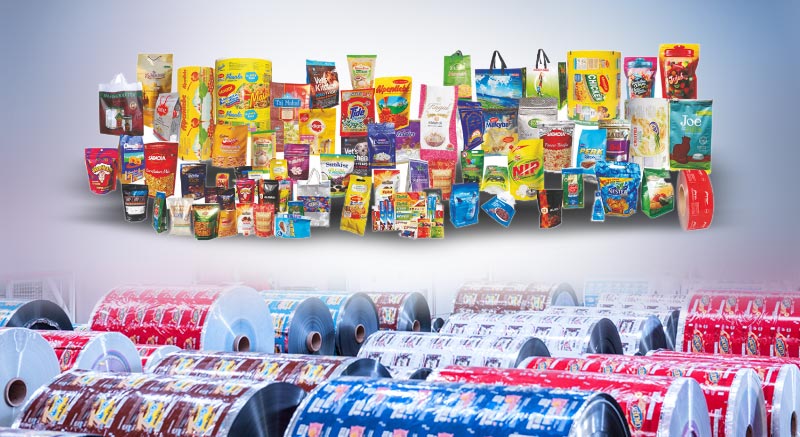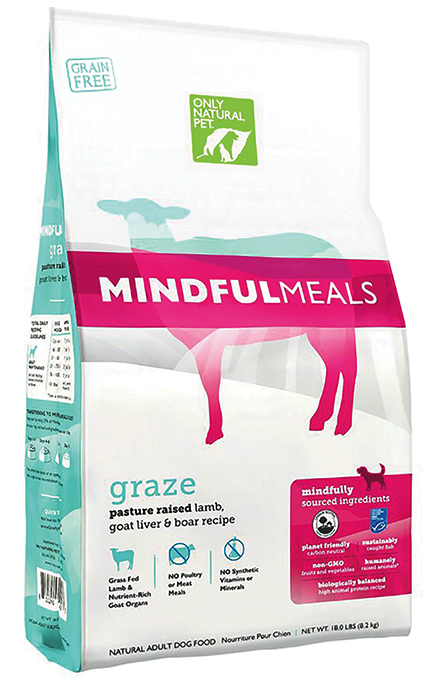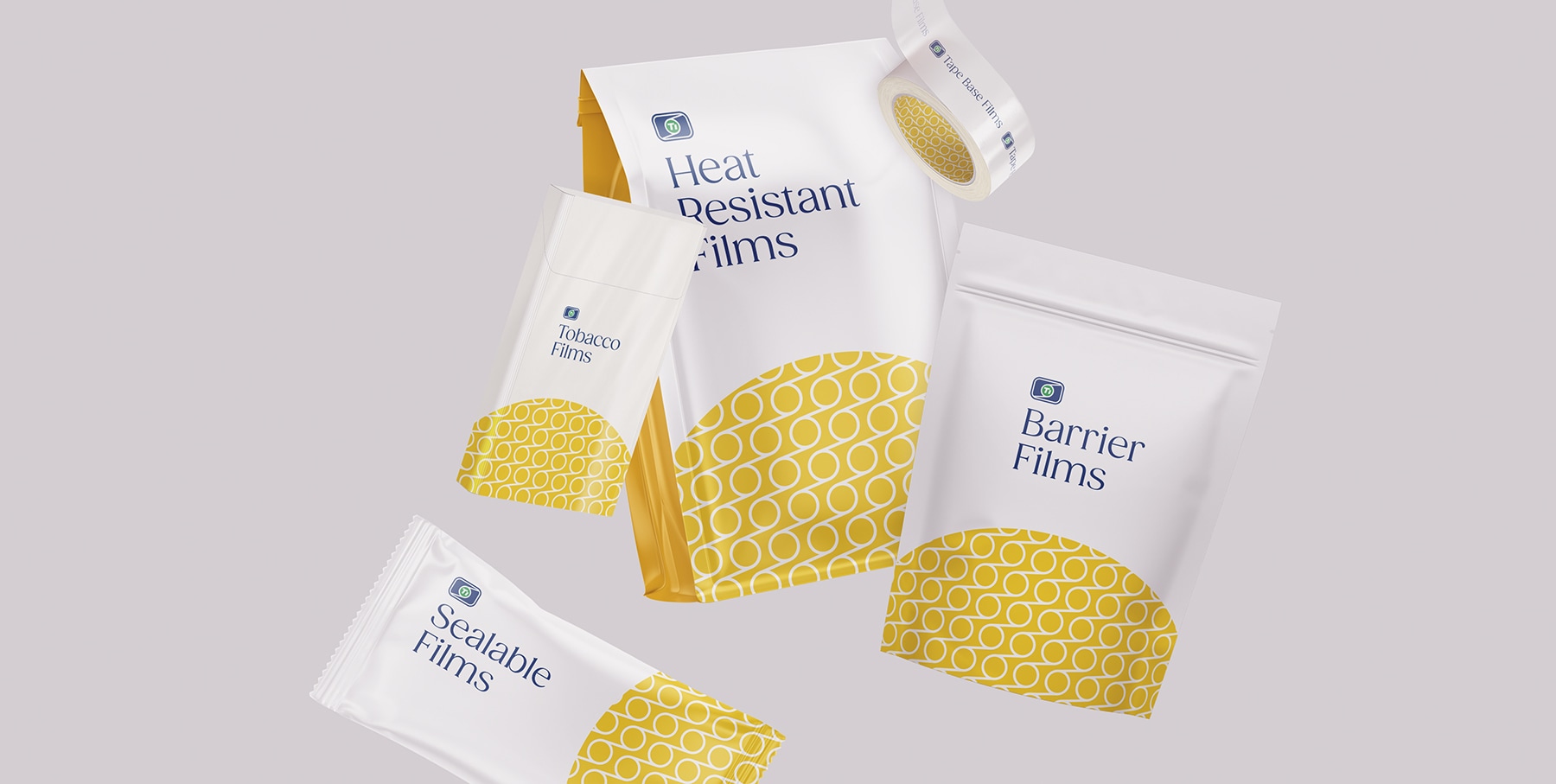Shrink wrap, a versatile and widely used packaging material, offers numerous benefits for businesses across various industries. This comprehensive guide delves into the world of shrink wrap, exploring its advantages, applications, and different types. Whether you’re a business owner like Mark Thompson from the USA, looking for cost-effective and high-quality packaging solutions, or simply curious about this technology, this article is worth reading because it provides practical insights, expert knowledge, and addresses common pain points associated with flexible packaging.
1. What is Shrink Wrap and How Does it Work?
Shrink wrap is a versatile polymer material used for the packaging of finished goods. It’s a type of plastic film that shrinks tightly over whatever it is covering when heat is applied. The process involves wrapping the product with the shrink film, and then applying heat using a heat gun or a shrink tunnel. This heat causes the film to shrink tightly around the item, creating a secure and protective layer.
The science behind shrink wrap is fascinating. The shrink film sheet or tube are randomly coiled and twisted. When heat is applied, it provides enough energy to cause the molecule chains to shrink back to their original, relaxed state. Think of it like stretching a rubber band – when you release it, it snaps back. This "snap back" is what gives shrink wrap its unique ability to conform to the shape of the product.
2. What are the Key Advantages of Shrink Wrapping?
Shrink wrapping offers a multitude of benefits for businesses, making it a popular choice for packaging a wide variety of products. Here are some key advantages:
- Protection: Shrink wrap provides a robust barrier of protection around the packaged item, safeguarding it from dust, moisture, and damage during shipping and handling. This is particularly important for extending the shelf life of perishable goods.
- Tamper Evidence: Shrink wrap acts as a tamper-evident seal. If the film is broken or damaged, it’s immediately obvious that the product has been compromised. This feature is crucial for consumer safety and brand protection.
- Branding and Presentation: Shrink wrap can be custom printed with logos, branding elements, and product information. This enhances the visual appeal of the product on the shelf and provides valuable marketing real estate. Allen, from HADL Packaging in China, emphasizes the importance of high-quality printing to create a strong brand impression.
- Cost-Effectiveness: Compared to other packaging methods, shrink wrap is relatively inexpensive, especially when considering the level of protection and branding opportunities it offers. This is a key factor for businesses like Mark Thompson’s, which prioritize cost-effective solutions.
- Versatility: Shrink wrap can be used for a wide range of products, from individual items to bundled goods and even large pallet loads. It comes in various thicknesses, sizes, and shrink ratios to accommodate diverse packaging needs.
3. What are the Different Types of Shrink Film?
There are several types of shrink film available, each with its own unique properties and applications. The most commonly used shrink films include:
- Polyolefin (POF): POF shrink wrap is a premium shrink wrap known for its clarity, strength, and versatility. It’s often used for food packaging, consumer goods, and other applications where a high-quality appearance is desired. HADL Packaging offers a range of POF shrink film options, including sustainable alternatives. POF is available in varying thicknesses, providing flexibility for different packaging requirements.
- Polyvinyl Chloride (PVC): PVC shrink film is a more rigid material, often used for packaging non-food items like software, CDs, and boxes. While durable, PVC is less environmentally friendly than other options.
- Polyethylene (PE): PE shrink film is typically thicker and more durable, making it suitable for heavy-duty applications like bundling multiple items or wrapping pallets. It offers excellent protection against the elements.
- Biaxially Oriented: This film is made to shrink in one direction, known as the "machine direction." The polymer chains are straightened and aligned during production, leading to controlled shrinkage in one direction.
| Shrink Film Type | Characteristics | Common Applications |
|---|---|---|
| Polyolefin (POF) | High clarity, strong, versatile, food-safe | Food, consumer goods, toys, cosmetics, multipacks |
| Polyvinyl Chloride (PVC) | Rigid, durable, good clarity | Software, CDs, boxes, non-food items |
| Polyethylene (PE) | Thick, durable, high strength, good for bundling and pallets | Bundling heavy items, pallet wrapping, industrial applications, beverage multipacks |
| Biaxially Oriented | Strong, Shrink one way. | Packaging, Labelling. |
4. How is Shrink Wrap Used in Product Packaging?
Shrink wrap is used in several forms of flexible protective packaging. Here’s a breakdown of common applications:
- Overwrap: This is the most common application, where the shrink film is wrapped around a single product or a group of products, creating a tight, protective seal. This is often seen with items like boxes of chocolates, toys, and gift sets.
- Bundling: Shrink wrap can be used to bundle multiple items together, such as bottles of water, cans of soda, or stacks of magazines. This creates a convenient unit for shipping and handling.
- Tamper-Evident Seals: Shrink bands are small pieces of shrink film that are placed around the cap or closure of a product. This provides a visual indication of whether the product has been opened or tampered with.
- Flat Rollstock: Flat rollstock can be wrapped around a product, often with the two ends heat-sealed to enclose the contents completely.

5. Can Shrink Wrap Be Used for Food Packaging?
Yes, shrink wrap can be used for food packaging, but it’s crucial to choose a food-grade shrink film, such as polyolefin (POF). Food-grade shrink films meet strict safety standards and are designed to prevent the migration of harmful chemicals into the food. Shrink wrapping food can help to:
- Extend shelf life by protecting the food from contamination and spoilage.
- Preserve freshness and flavor.
- Provide a visually appealing presentation.
- Offer tamper evidence.
Companies like HADL Packaging provide food-safe shrink wrap options that comply with relevant regulations, addressing one of Mark Thompson’s key concerns. They also have sustainable food options.
6. Is Shrink Wrap Packaging Sustainable?
Traditional shrink wrap is made from plastic, which raises concerns about its environmental impact. However, there are increasingly sustainable options available:
- Recyclable Shrink Wrap: Some shrink films, particularly those made from polyolefin (POF), are recyclable. However, it’s essential to check with local recycling facilities to ensure they accept these materials.
- Biodegradable and Compostable Shrink Wrap: These are newer innovations that offer a more environmentally friendly alternative. These films break down naturally under specific conditions, reducing their impact on landfills. HADL Packaging is actively exploring and offering these sustainable solutions to meet the growing demand for eco-friendly packaging.
- Using less packaging and making sure the shrink film is fit for purpose will help reduce environmental impact.

7. What Equipment is Needed for Shrink Wrapping?
The equipment required for shrink wrapping depends on the scale of operation and the type of shrink film being used. Common equipment includes:
- Heat Gun: A heat gun is a handheld device that blows hot air, causing the shrink film to shrink. It’s suitable for low-volume applications or for wrapping irregularly shaped items. A heat gun, is either electric or gas.
- Shrink Tunnel: A shrink tunnel, also referred to as a heat tunnel, is a conveyorized system that passes products wrapped in shrink film through a heated chamber. This provides a more consistent and efficient way to shrink wrap larger volumes of products.
- L-Sealer: This machine is used to create a sealed bag around the product before it’s sent through a shrink tunnel.
- I-Bar Sealer: A simpler sealer used for lower-volume applications.
8. How to Choose the Right Shrink Wrap for Your Needs?
Selecting the appropriate shrink wrap involves considering several factors:
- Product Type: The size, shape, and weight of the product will influence the type of shrink film and the required thickness.
- Packaging Goals: Are you primarily focused on protection, presentation, bundling, or tamper evidence?
- Budget: Different shrink films have varying costs.
- Sustainability: Are you looking for recyclable or compostable options?
- Production Volume: High-volume operations will likely require a shrink tunnel, while smaller businesses might find a heat gun sufficient.
- Clarity: How important is it for the product to be visible through the packaging?
- Seal Strength: Do you need a strong seal to prevent tampering or protect against harsh environments?
- Shrink Force: Consider if low shrink force or high shrink force is needed.
Mark Thompson, as a procurement manager, would need to carefully evaluate these factors to choose the best shrink wrap for his company’s specific needs. HADL Packaging can provide expert guidance in this process.
9. What are the common shrink wrap packaging quality problems?
Even with the best materials and equipment, quality issues can sometimes arise in shrink wrap packaging. Common problems include:
- Poor Shrink: This can result in loose or uneven wrapping, compromising the protection and presentation of the product. This can be caused by insufficient heat, incorrect film type, or improper equipment settings.
- Dog Ears: These are small, triangular flaps of film that remain unsealed at the corners of the package. They can be caused by improper sealing techniques or incorrect film size.
- Fish Eyes: These are small, circular imperfections in the film that can detract from the appearance of the packaging. They can be caused by contamination of the film or uneven heating.
- Tears or Punctures: These can occur during handling or shipping if the film is too thin or not durable enough for the product.
HADL Packaging, with its advanced printing and converting capabilities, emphasizes quality control measures to minimize these issues and ensure consistent, high-quality results. They understand Mark Thompson’s concern about print quality and material durability and strive to exceed expectations.
10. Where Can I Find Reliable Shrink Wrap Suppliers?
Finding a reliable shrink wrap supplier is crucial for ensuring consistent quality, timely delivery, and competitive pricing. Here are some avenues to explore:
- Online Marketplaces: Several online platforms connect businesses with packaging suppliers, allowing you to compare prices and options.
- Industry Exhibitions: Attending trade shows, like those frequented by Allen from HADL Packaging and Mark Thompson, provides an opportunity to meet suppliers face-to-face, see their products, and discuss your specific needs.
- Google Search: Searching online for "shrink wrap suppliers" or "flexible packaging manufacturers" can yield a list of potential partners. Be sure to check their websites for product information, certifications, and customer testimonials. Consider searching for suppliers in developing countries like China, as Mark does.
- Recommendations: Other businesses may be able to offer recommendations.

HADL Packaging, as a factory specializing in flexible packaging solutions, positions itself as a reliable supplier, particularly for businesses exporting to the USA, North America, Europe, and Australia. They offer a wide range of pouch styles, including cosmetic pouches, and custom printing options.
Key Takeaways:
- Shrink wrap is a versatile and cost-effective packaging solution offering protection, branding opportunities, and tamper evidence.
- Different types of shrink film, such as polyolefin (POF), PVC, and PE, cater to various packaging needs.
- Shrink wrap can be used for a wide range of applications, including overwrapping, bundling, and creating tamper-evident seals.
- Food-grade shrink film, like POF, is safe for packaging food products.
- Sustainable shrink wrap options, including recyclable and compostable films, are becoming increasingly available.
- Choosing the right shrink wrap and equipment depends on factors like product type, packaging goals, budget, and production volume.
- Quality control is essential to avoid common shrink wrap packaging problems like poor shrink, dog ears, and fish eyes.
- Reliable shrink wrap suppliers can be found through online marketplaces, industry exhibitions, and Google searches.
- HADL Packaging, based in China, are a leading shrink wrapping and shrink wrapping machinery supplier.
Post time: 02-26-2025

